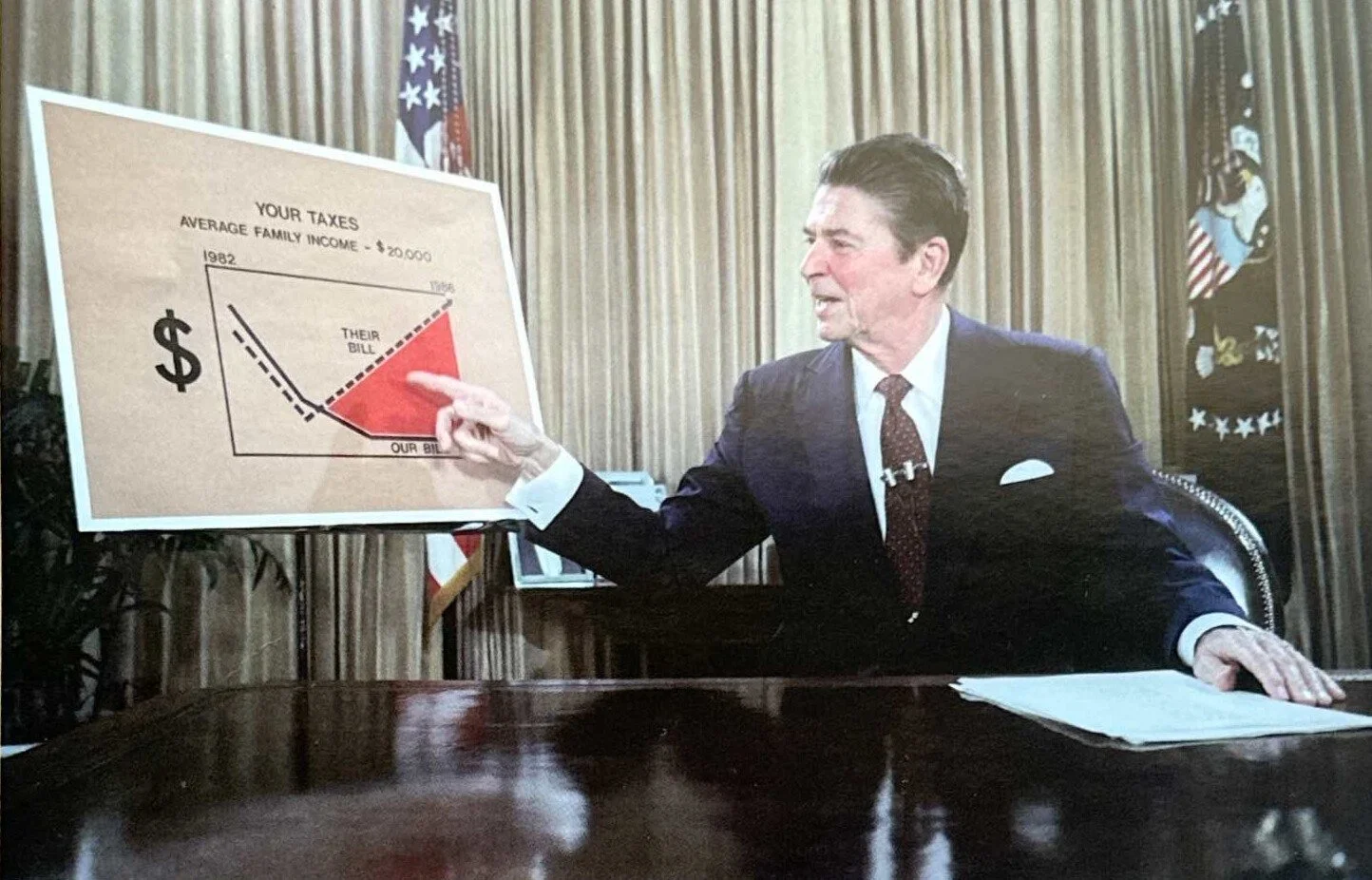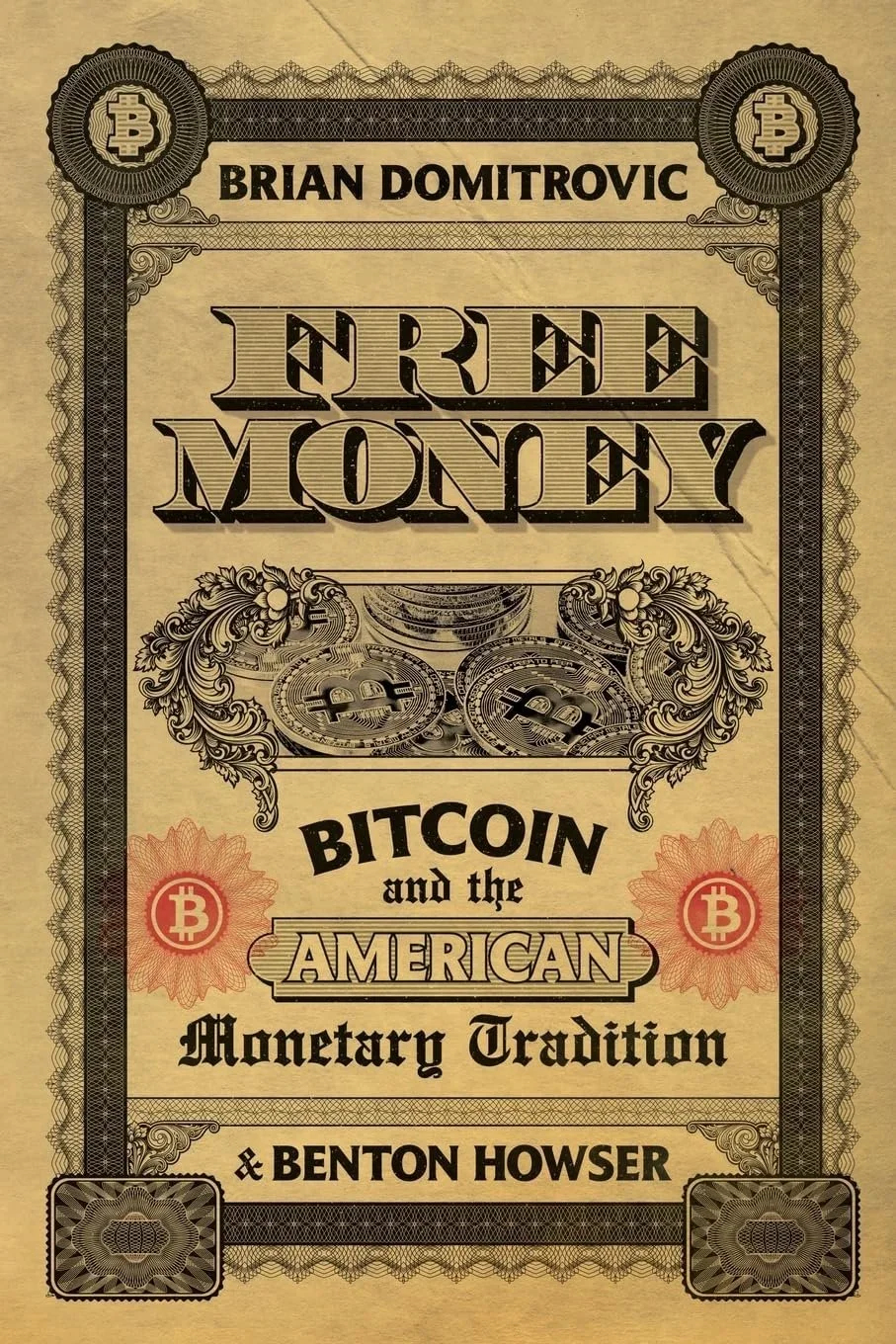This site explores the historical sources of supply-side economics and the relevance and legacy of this movement in economic thought and policy in the twenty-first century. Supply-side economics refers to the “policy mix” of tax-rate cuts and a dollar stable against gold, specifically as adopted by President Ronald Reagan in the 1980s to address stagflation. “Global monetarism” was the term used to describe the movement in its early years, before journalist Jude Wanniski coined “supply-side economics” in 1977. Economist Marina von Neumann Whitman conceived of “global monetarism” in a now classic article of 1975.
The manager of this site is Brian Domitrovic. Across it are links to Brian’s books, articles, and media appearances on supply-side economics past and present.
For interviews or speaking engagements, contact Brian here.
Brian’s latest book, “Free Money: Bitcoin and the American Monetary Tradition”, is available here
What is “Shrinkflation”?
In his 2009 book Econoclasts: The Rebels Who Sparked the Supply-Side Revolution and Restored American Prosperity, Brian Domitrovic uses shrinkflation to contrast with stagflation (which is persistent inflation combined with stagnant consumer demand and relatively high unemployment). He writes, "Following World War II, the United States traded depression for an acute period of stagflation. Actually, it was 'shrinkflation,' in that the economy was contracting as prices surged." - Excerpted from Merriam-Webster “Words We’re Watching”
Read more about Brian’s coining of the term in this Forbes article.
Free Online Course
Click here for the free online course, “Supply-Side Economics and American Prosperity with Art Laffer” featuring Brian with Dr. Laffer and others via Hillsdale College online courses. Click on the video link to the right to view the trailer.

Gilded Glory - Law & Liberty 12.10.25

The True Hero of the United States: Kennedy America’s Economic Restart, Fueled by Growth

The Garfield’s Presidency’s Resurgence In National Memory 11.28.25

Pre-Federal Reserve, The First Bank Of The United States Kept Its Cool 11.26.25

Don't You Dare Eliminate The Nickel 11.21.25

When Banks Multiplied 11.19.25

When Classical Money Arrives Again, Housing Will Be Affordable For All 11.14.25

Bitcoin as Constitutional Order: Stories that Become States - Imagine If 09.20.25

Bitcoin Custody & Treasury Summit 09.17.25

Reagan National Economic Forum 05.29.25


